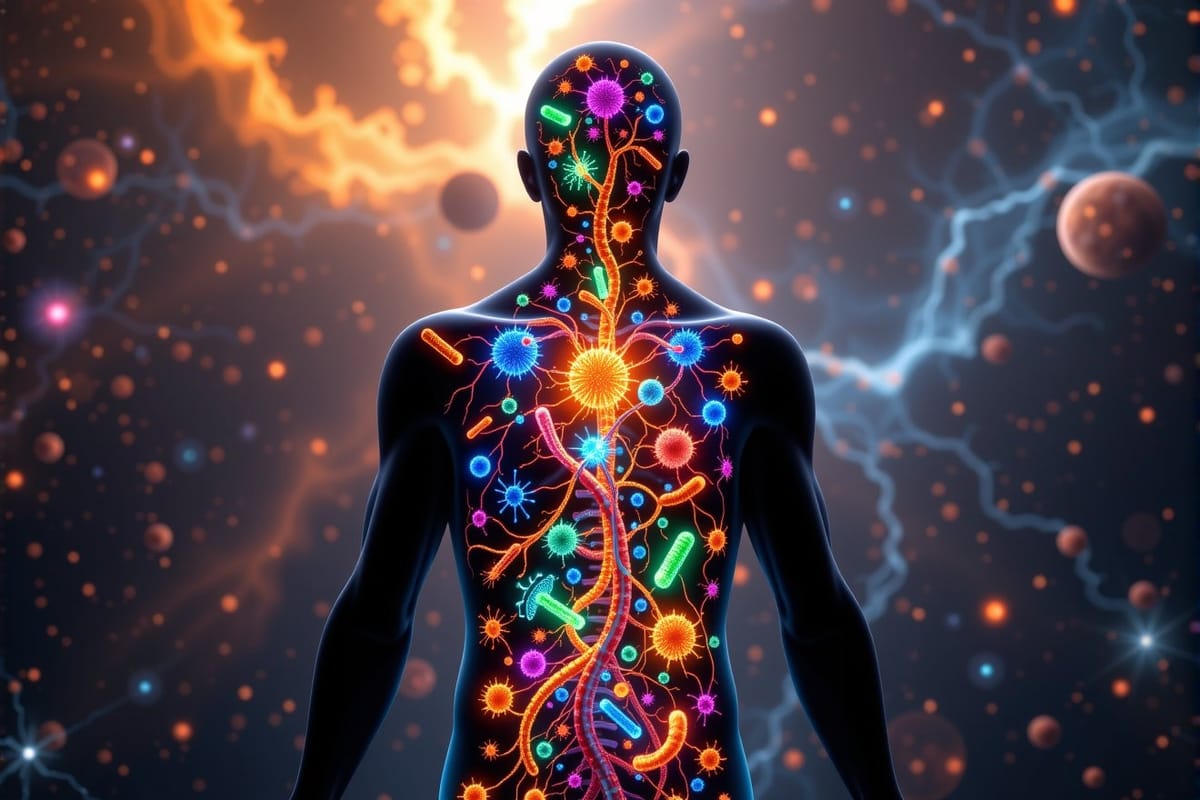Cold Exposure and Heat Training: Here's What Every Athlete Should Know
When you think about improving athletic performance, what comes to mind? Strength training, endurance building, maybe even flexibility exercises? But what if we told you that the secret to unlocking greater performance might lie in cold exposure and heat training? These methods are no longer just for extreme athletes or those looking to “toughen up.” New research suggests that strategically incorporating heat and cold into your training regimen can significantly enhance endurance, recovery, and overall physical performance.
Let’s explore this science in detail.
The Science Behind Cold Exposure and Heat Training
At first glance, the idea of subjecting your body to extreme temperatures might seem counterintuitive. But the truth is that both cold exposure and heat training work by stressing the body in ways that trigger powerful adaptive responses. These adaptations improve physical function, increase resilience, and even help you recover faster after intense workouts.
Cold Exposure: Recovery and Performance Gains
Cold exposure, or cold thermogenesis, is the practice of exposing your body to cold temperatures, typically through ice baths, cold showers, or even outdoor cold exposure. While it might sound like a form of torture to most, the physiological effects are far from unpleasant - at least, once you get used to them!
Reducing Inflammation and Accelerating Recovery
One of the most well-known benefits of cold exposure is its ability to reduce inflammation. When you subject your body to cold temperatures, blood vessels constrict, which helps flush out metabolic waste products and reduce muscle soreness and swelling. Athletes often swear by ice baths after intense workouts or competitions: they allow muscles to recover faster and prepare for the next round of exertion.
Recent studies suggest that cold exposure can accelerate the healing process for injured tissues and improve muscle function post-workout. In fact, cold immersion has been shown to help lower markers of inflammation, speeding up recovery and making it easier to bounce back after training.
Improving Circulation and Oxygen Delivery
While cold constricts blood vessels at first, once you exit the cold environment, your body goes into a phase called rebound vasodilation, where your blood vessels dilate, allowing for improved blood flow. This process helps deliver more oxygen and nutrients to muscles and tissues, accelerating the repair and recovery process. Over time, this can improve your ability to perform under stress, especially when combined with other training methods.
Boosting Mental Resilience
One of the lesser-discussed benefits of cold exposure is the mental toughness it fosters. Exposing yourself to discomfort, even in small doses, helps you build mental resilience. Regular exposure to cold temperatures can help increase your tolerance to physical and psychological stress, making you more adaptable to challenging situations, both inside and outside the gym.
How to Implement Cold Exposure?
•Ice Baths: This one is a classic! Immerse your body (or just your legs) in ice-cold water for 10–15 minutes post-training.
•Cold Showers: A more accessible, daily option. Gradually decrease the temperature until you’re comfortable with cold water.
•Outdoor Exposure: Try taking short walks or jogging in cold weather, particularly during winter months, to build resilience over time.
Heat Training: Better Endurance and Performance
On the flip side, heat training involves exposing the body to hot environments, such as saunas, hot yoga, or even training in hot weather. Heat training has been shown to improve endurance, increase blood plasma volume, and enhance overall athletic performance. It sounds counterintuitive, right? After all, we usually associate extreme heat with fatigue and discomfort. However, when used correctly, heat exposure can trigger adaptations that help the body perform better under many conditions.
Increasing Blood Plasma Volume and Cardiovascular Performance
Heat exposure causes the body to sweat to regulate temperature. Over time, regular heat exposure increases blood plasma volume, which enhances your cardiovascular efficiency. A higher plasma volume allows for better circulation, meaning more oxygen is delivered to the muscles during exercise, improving your endurance and performance.
A recent study found that heat acclimatization (training in hot environments) can improve athletic performance in hot as well as normal conditions by increasing cardiovascular endurance and reducing the perceived effort during exercise.
Improving Heat Tolerance and Fatigue Resistance
Heat training improves your ability to tolerate high temperatures and delays the onset of fatigue. This can be particularly helpful for athletes who train or compete in hot and humid conditions (think: marathon runners or triathletes). By exposing your body to heat regularly, you train your body to handle extreme conditions, making your workouts in more temperate environments feel easier.
Boosting Hormesis: The Stress-Adaptation Effect
Like cold exposure, heat training works on the principle of hormesis—the idea that small, controlled amounts of stress help the body adapt and become stronger. In heat, the body is forced to work harder to cool down, triggering a cascade of beneficial responses such as increased heat shock proteins, enhanced blood flow, and greater metabolic efficiency. This kind of stress-induced adaptation has been shown to improve endurance capacity, stamina, and overall recovery.
How to Implement Heat Training?
Saunas: Sitting in a sauna after workouts can help increase blood circulation and accelerate recovery. Start with 10–20 minutes, 2–3 times per week, and work up to longer sessions.
•Hot Yoga: Practicing yoga in a heated room (around 100°F) can improve flexibility, increase circulation, and challenge your cardiovascular system.
•Training in Hot Weather: If you’re preparing for an event in a hot climate (like a marathon or triathlon), try to train in similar conditions to acclimatize your body to the heat.
Cold Exposure and Heat Training Combined.
What if you could combine the benefits of both cold and heat for maximum performance enhancement? It turns out that alternating between cold and heat exposure, also known as contrast therapy, could give you the best of both worlds. The process typically involves alternating between ice-cold and hot environments (such as a sauna and ice bath) to promote recovery, improve circulation, and enhance performance.
How to Implement Contrast Therapy?
Alternating Hot and Cold Showers: Switch between hot and cold water every 3-5 minutes for 10-15 minutes. Start with a cold and end with a hot shower for maximum recovery benefits.
Sauna + Ice Bath: After 15-20 minutes in the sauna, plunge into an ice bath for 3-5 minutes. Repeat the cycle 2-3 times.
The Final Word
Cold exposure and heat training are not just quirky trends; they are scientifically backed methods that can drastically improve your performance, recovery, and overall fitness. Whether you’re a weekend warrior, an elite athlete, or someone simply looking to get in better shape, incorporating cold and heat exposure into your training can be a game-changer.
By stressing the body in controlled, strategic ways, you trigger adaptive processes that lead to better cardiovascular health, increased muscle recovery, and greater mental resilience. Start slow, experiment with different methods, and find the right balance that works for you.







Comments